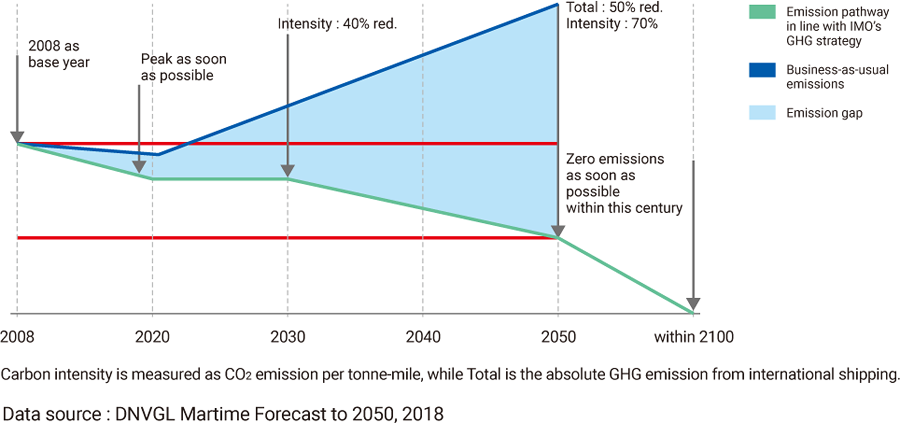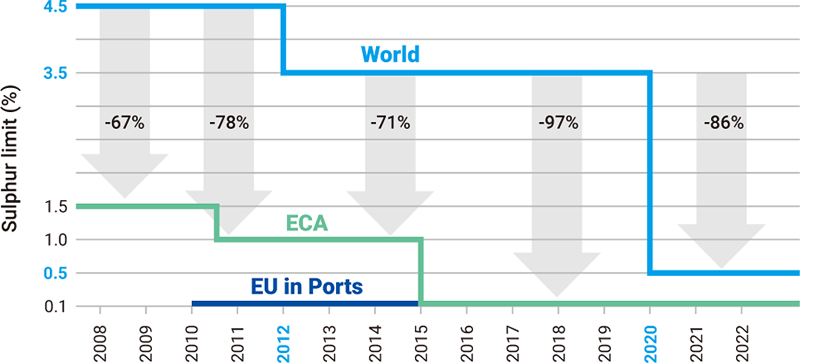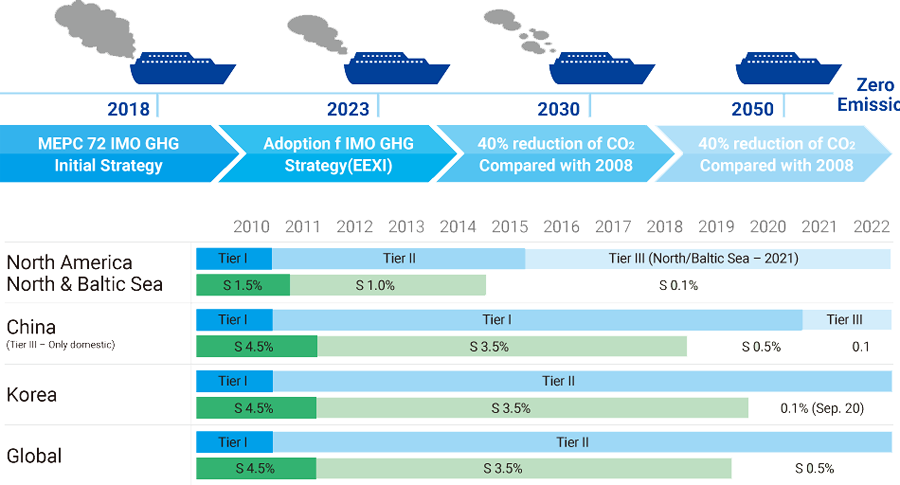Company
At a Glance
-
NET SALES 2020
900
MILLION USD
-
PSERSONNEL
500
EMPLOYEES
-
REGIONAL OFFICE
8
COUNTRIES
-
WARRANTY SERVICE
500+
SHIPS
-
> 3,500
SHIPS DELIVERED
BY HHI GROUP -
No.1
AFFILIATED WITH
HHI GROUP'S
SHIPBUILDERS -
> 240
ORDER BACKLOG
AS OF JUNE 2020 -
> 250
RETROFIT
CASES -
> 30,000
GROUP
EMPLOYEES -
> 200
MONITORING
SHIPS AT DIC*
* Digital Innovation Center
HD Hyundal Marine Solution (HMS) provides services for our clients so that the life of their ships, machinery and power plants can be extended by responding to constantly changing circumstances.
Our one-stop service center ensures that the Hyundai brand ships and products are repaired, optimized and upgraded to meet industry standards throughout their entire lifespan.
Clients can get access to all the technical support they need, such as genuine spare parts from the original equipment manufacturers (OEM), performance optimization for long-term efficiency and retrofits when necessary.
Business
| Marine |
|
|---|---|
| Power Plant | |
| Digital |
|
Strength
Your Most Reliable Business Partner
- Reliable service provider with proven and excellent project management capabilities across the marine service industry.
- Recognized as the "Most Reliable Partner" by our clients and customers by demonstrating ability to perform extended work scopes.
Customer-Oriented Service Provider
- Ready to respond to our customer's needs all over the world via One Single Contact Point 7/24/365 emcompassing retrofit, spare parts and digital technology.
Our Service Solutions Coupled with HD Hyundai Group's Support
- Well aligned with supports in engineering, procurement, logistics and finance from HD Hyundai Group's shipbuilders who had deep expertise and rich history of experiences.












